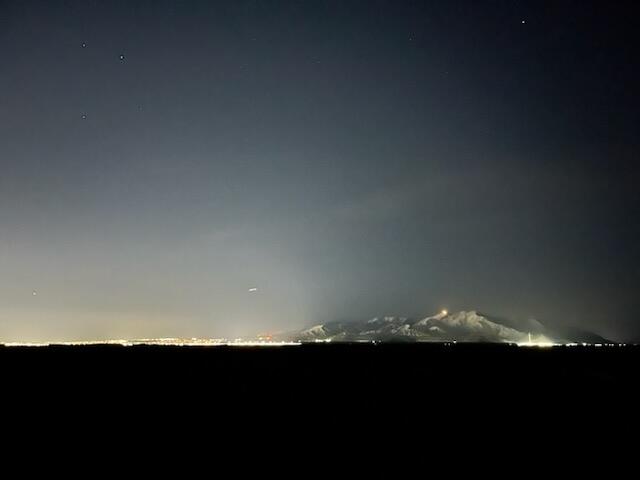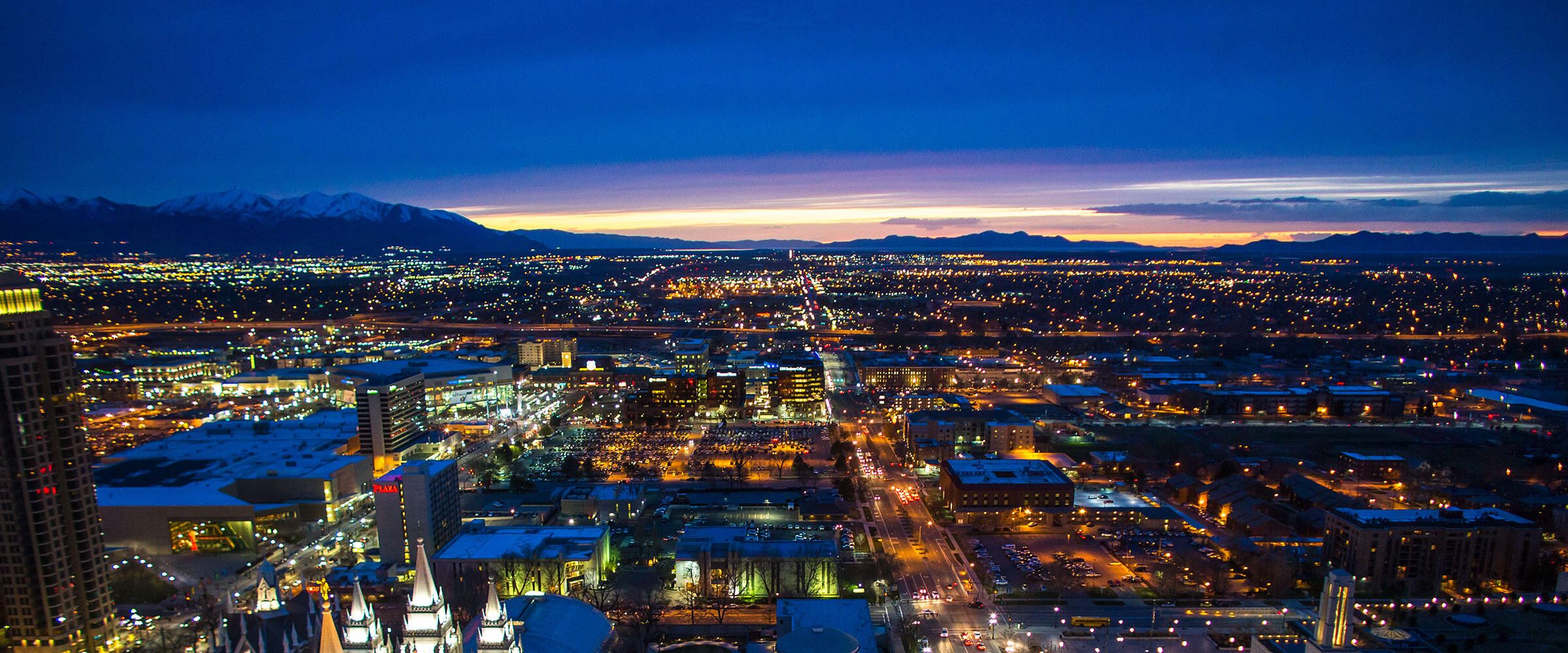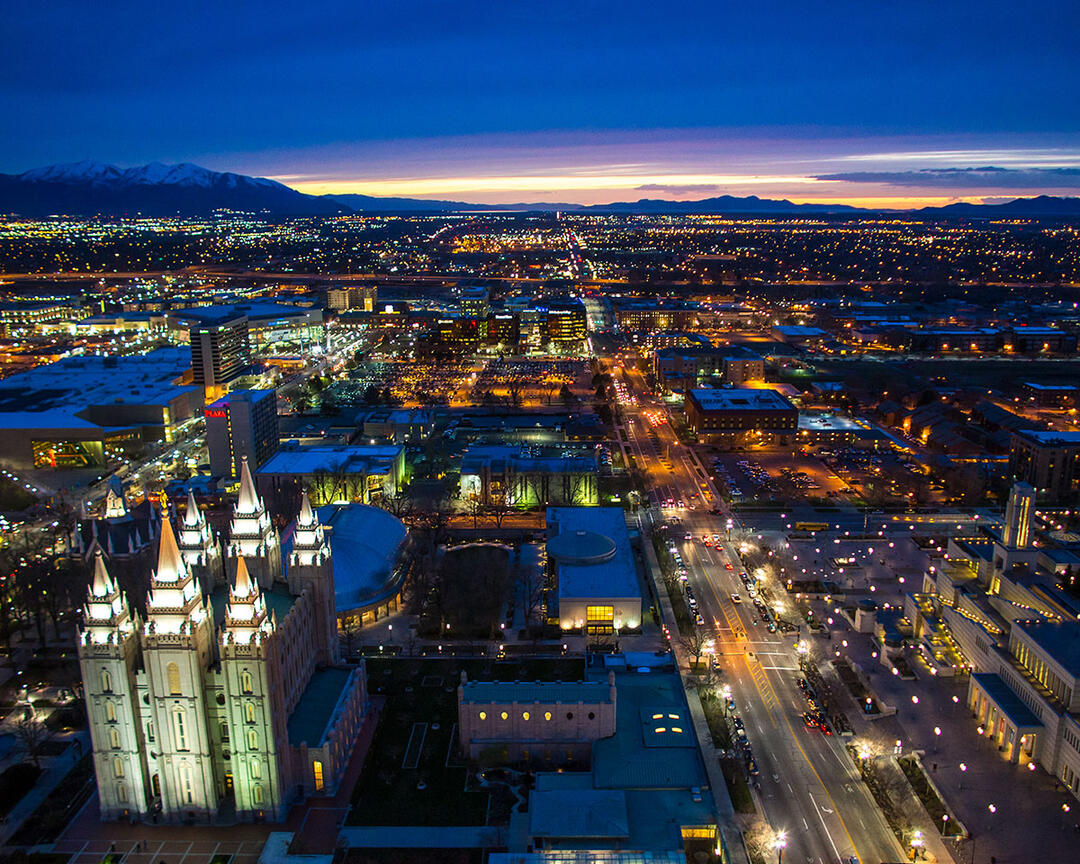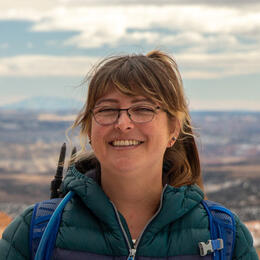Early last fall, I was seeking a partnership for my Integrated Studies (IS) senior capstone project at Utah Valley University. I reached out to Great Salt Lake Audubon (GSLA), and was directed to Jacqueline Sundstrand, who leads GSLA’s Dark Skies Initiative. Our first meeting set a chain of events in motion that would ultimately lead to a protocol for monitoring the nighttime sky.
After some discussion, Jacqueline and I decided that the Great Salt Lake ecosystem needed a protocol for measuring light pollution. Could long-term documentation of artificial light at night (ALAN) ultimately help protect the birds, habitat, and other critters? We wanted to find out.
We identified Audubon’s Gillmor Sanctuary as an ideal study site. Gillmor Sanctuary is a shorebird haven located at the south end of Great Salt Lake. It is being rapidly encroached upon by development. Heidi Hoven, the sanctuary senior manager and a board member of the Dark Sky International –Utah Chapter, became an integral part of our team. Her support for our proposal allowed us to move forward with the creation of a long-term monitoring plan.
Our goal was to provide an affordable, straightforward protocol for collecting ALAN data that could be used in the sanctuary and shared with others interested in documenting light pollution. We selected a handheld Sky Quality Meter used by astronomers and community scientists across the globe, interviewed industry experts, and wrote procedural instructions. Finally, we implemented our monitoring plan.
Since then, we have taken three sets of measurements at the sanctuary, begun building a database to store the data, and shared our research with the dark sky community at an internationally attended dark sky conference. We also created an opportunity to have a new student join the project by taking more measurements, managing data, and expanding the project with a fresh perspective. We plan to track trends in ALAN at the sanctuary for the long term as we continue taking measurements in the coming months.

Partnering with GSLA and Gillmor Sanctuary allowed me to complete a capstone project that far exceeded my expectations. We are particularly grateful to the Great Salt Lake Audubon board for supporting the project and accepting our grant proposal, which allowed us to purchase the sky quality meter. I am thankful for the lessons I learned, and for the relationships that developed through this process. This project was made possible with the support of my advisors, Drs. Jessica A. Cusick, Michael C. Rotter, Kim Abunuwara, and Scott Abbott, and funding awarded by GSLA and Utah Valley University’s Integrated Studies Department and Department of Biology.
A New Community Science Opportunity
Lia’s work laid the foundation for a new, ongoing, light pollution monitoring program across the Salt Lake Valley. Development and light pollution are only increasing. How is this impacting birds? What can we do to minimize the negative impacts? You can help us answer these questions.
This year, Audubon and partners will be rolling out a community science program to monitor ALAN across the Salt Lake Valley. We seek to find trends and fill gaps in the data, but doing that will require a team of volunteers.
We’re currently adapting the monitoring protocol and developing a study design. Soon, we’ll be reaching out to recruit volunteers. If you’d like to get on our list early, please email Heidi.hoven@audubon.org and look for this and other volunteer opportunities on the Gillmor Sanctuary volunteer and event pages.
###
A version of this article was first published in The Pelican, Great Salt Lake Audubon’s newsletter.






